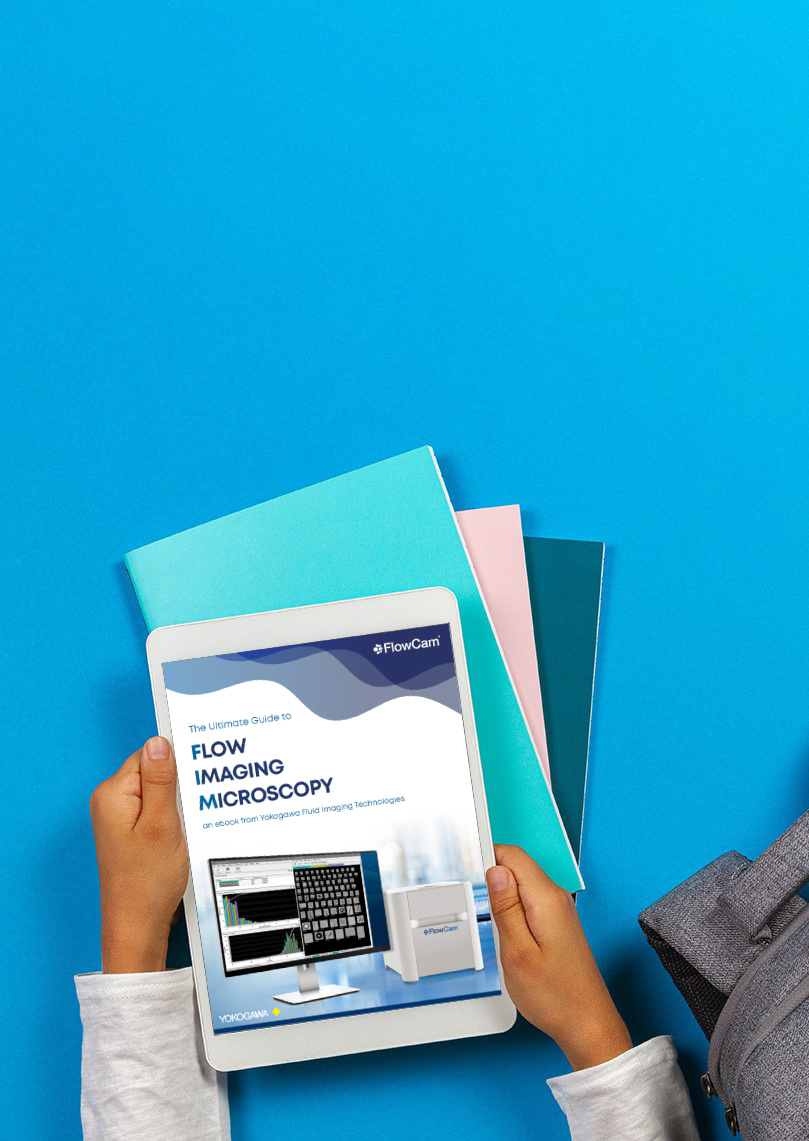A new white paper from the Japan Biopharmaceutical Consortium provides compelling validation for what many in the field already suspect: flow imaging is the most widely implemented non-compendial technique for particle analysis in biopharmaceuticals. As the industry shifts toward increasingly complex formulations, traditional methods alone—like light obscuration (LO) and size exclusion chromatography (SEC)—are no longer sufficient for comprehensive particle characterization.
Meeting Analytical Demands Beyond Compendial Methods
In this survey of 17 leading Japanese pharmaceutical companies, flow imaging, or FI (also known as flow imaging microscopy or FIM), emerged as the primary tool for analyzing subvisible particles, particularly those measuring less than 10 µm. Researchers rely on FI not just for its ability to detect particles that LO might miss, but also for its unique ability to combine high-resolution imaging with particle morphology and concentration data—all of which are essential for understanding the origin and behavior of particles.
FI is frequently used across the product development lifecycle—from early formulation screening through Phase 3 clinical development. While not yet a compendial method, FI plays a key role in troubleshooting anomalies, monitoring trends, and establishing robust control strategies for protein aggregates and insoluble particles.
This paper highlights how Japanese companies are incorporating FI into quality control strategies despite its current non-compendial status. Importantly, its widespread use demonstrates growing industry consensus around its value. FI is helping scientists pinpoint particle formation mechanisms, differentiate between silicone oil and protein aggregates, and ultimately reduce risk to patients.
Why Flow Imaging Deserves a Central Role in Particle Control Strategies
If your lab is still relying solely on compendial methods like LO and SEC, this paper makes a strong case for adding FlowCam or other flow imaging tools to your analytical toolbox. As the industry moves toward risk-based, multi-method control strategies, flow imaging offers a powerful way to enhance both compliance and confidence in particle data—especially for subvisible particles that might otherwise go undetected.
Flow imaging isn’t just a supplemental technique anymore—it’s becoming an industry standard for anyone serious about high-resolution particle analysis and lifecycle control in biologics.
Read the paper:
Shibata, et al. AAPS Journal (2025) 27:75. https://doi.org/10.1208/s12248-025-01056-3










